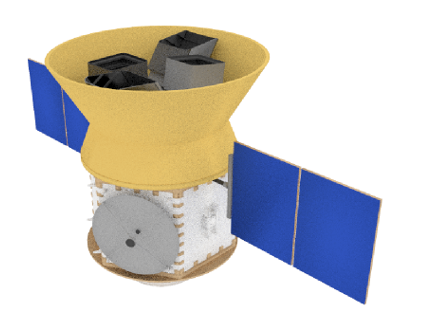
TESS is designed to complement several other critical missions in the search for life on other planets. Once TESS finds nearby exoplanets to study and determines their sizes, ground-based observatories and other NASA missions, like the James Webb Space Telescope, would make follow-up observations on the most promising candidates to determine their density and other key properties. By figuring out a planet's characteristics, like its atmospheric conditions, scientists could determine whether the targeted planet has a habitable environment. TESS will use four cameras to study sections of the sky's north and south hemispheres, looking for exoplanets. The cameras would cover about 90 percent of the sky by the end of the mission. This makes TESS an ideal follow-up to the Kepler mission, which searches for exoplanets in a fixed area of the sky. Because the TESS mission surveys the entire sky, TESS is expected to find exoplanets much closer to Earth, making them easier for further study.